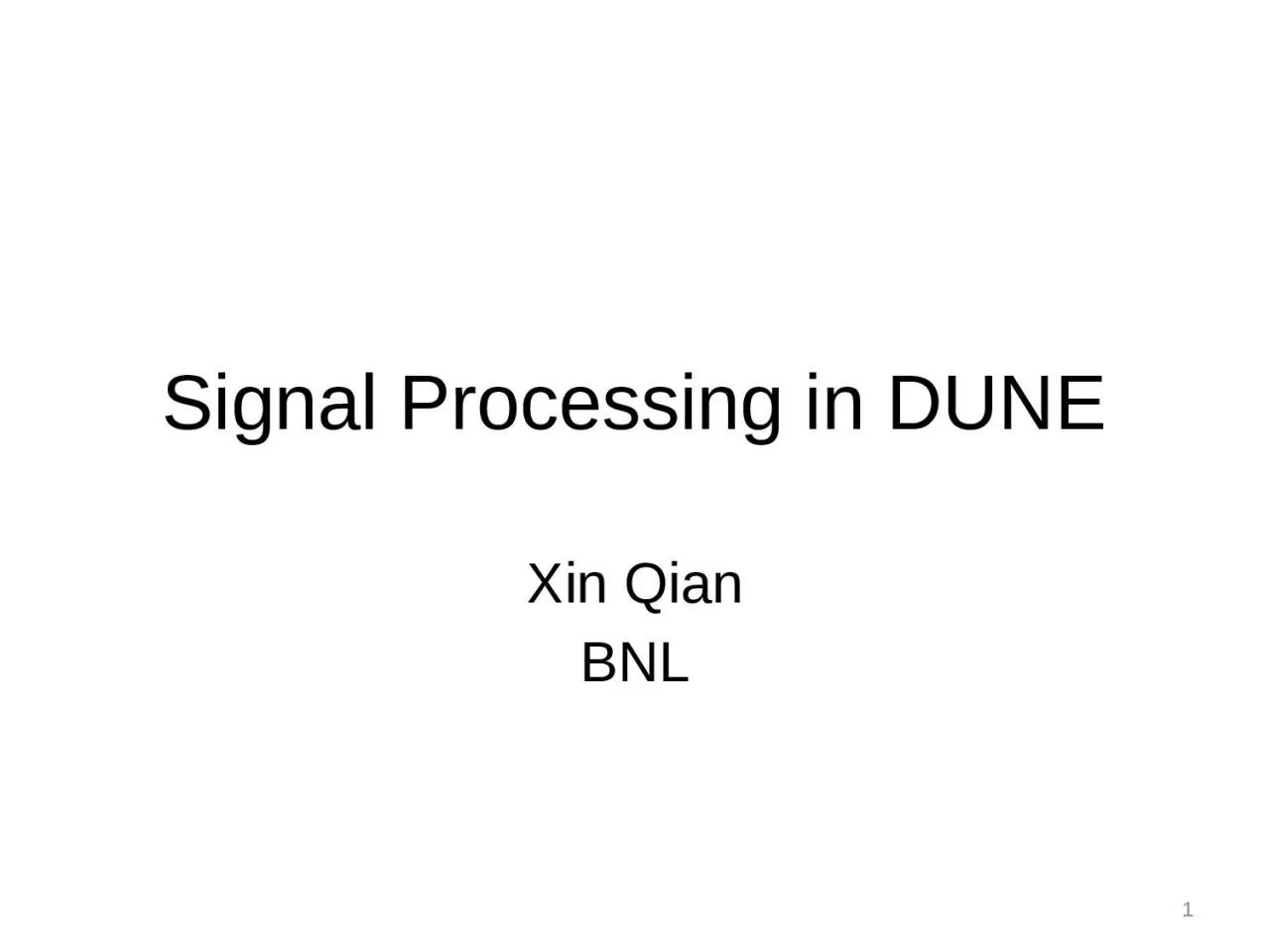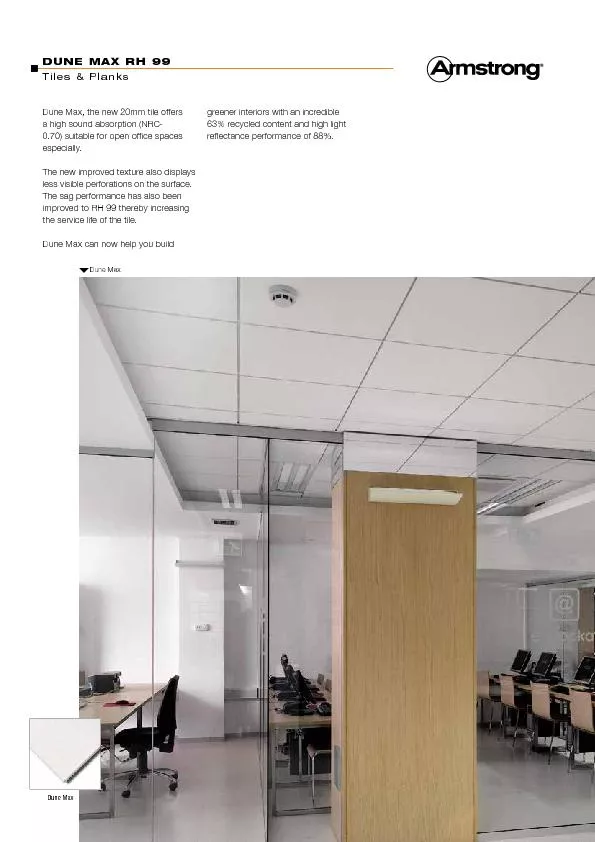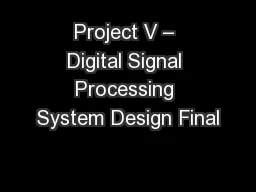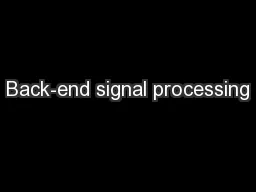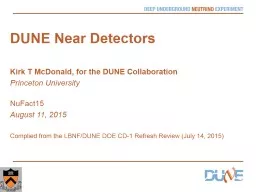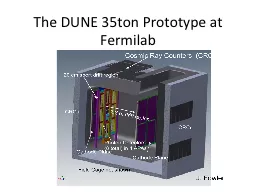PPT-Signal Processing in DUNE
Author : trinity | Published Date : 2023-06-26
Xin Qian BNL 1 Outline General Introduction of TPC Signal Processing Expected Electronic Noises Expected Field Response Signal to Noise Ratio vs Signal Length Summary
Presentation Embed Code
Download Presentation
Download Presentation The PPT/PDF document "Signal Processing in DUNE" is the property of its rightful owner. Permission is granted to download and print the materials on this website for personal, non-commercial use only, and to display it on your personal computer provided you do not modify the materials and that you retain all copyright notices contained in the materials. By downloading content from our website, you accept the terms of this agreement.
Signal Processing in DUNE: Transcript
Download Rules Of Document
"Signal Processing in DUNE"The content belongs to its owner. You may download and print it for personal use, without modification, and keep all copyright notices. By downloading, you agree to these terms.
Related Documents

